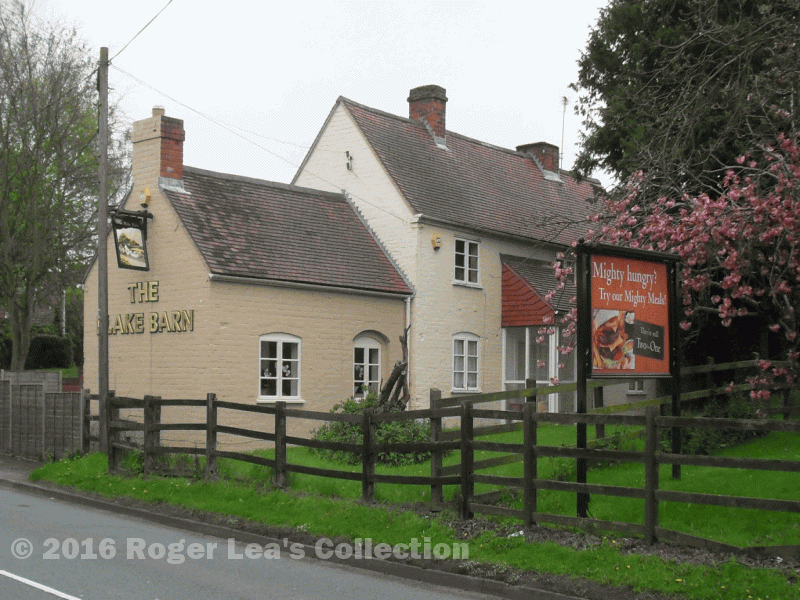In a letter dated 2nd August 1786 the Rector of Sutton, Richard Bisse Riland, wrote to his wife of his safe arrival at Sheffield “The coach stood at the Ton’s (i.e. the Three Tuns) door at Sutton, and in getting into it we found three of Mr. Westley’s Preachers (one an elder of some authority), and a fourth on the top, well behaved men with whom we had no disputings, but a good deal of agreeable conversation.”
Wesleyan preachers were active in the midlands from about 1740, and attracted many followers, particularly among the working class. One notable preacher was Francis Asbury, who lived in Newton Road, Great Barr. As a teenager Francis first went to a Methodist meeting with the encouragement of his mother. He was deeply impressed and quickly became a member of a class and then of an exclusive “band” of like minded lads of his own age. In 1771 Wesley sent Asbury (now aged 26) to America, where he became the first Bishop of the American Episcopal Church - the cottage in Newton Road is now the Bishop Asbury Cottage Museum.
One of the “band of like-minded lads” was Edward Hand of Sutton Coldfield. Informal meetings were held in the 1760s at the house of Edward Hand. In the early years Wesleyans had suffered persecution, but by the 1760’s things had calmed down; nevertheless there was sufficient resentment against them for a gang to set fire to Hand’s house.
Edward Hand was a self-employed shoemaker who lived in a humble cottage in Blake Street - in the 1780s he was paying an annual rent of fourpence for it to the Warden and Society of Sutton (that is, the corporation). In 1785 Hand applied for his house to licensed as a place of worship. The Sutton Coldfield General Sessions of the Peace met on October 7th 1785 and recorded “that Edward Hands of Hill Hook, cordwainer, a Protestant Dissenter did in this open court deliver a petition signed by several persons, thereby soliciting that the house wherein he now doth dwell…might be Recorded as a Place of Worship according to the Act of Toleration…and a certificate was granted.”
Presiding at the sessions was the Warden, the Rev. James Hastings, who also took the Chair at a meeting of the Warden and Society on the following day. One of the minutes of this meeting reads “Ordered that the Deputy Steward do on or before the twenty-ninth of September next give notice to Edward Hands to quit the premises which he holds of this Body Corporate situate at Hill Hook at Michaelmas 1787.” Hastings, hostile to Methodism, could not refuse the certificate under the newly-amended Act, but he could defeat the unwanted Methodist by evicting him.
Richard Bisse Riland was a member of the Warden and Society (he had been Warden in 1771), and Hand complained to him about the conduct of Hastings. Hand wrote “I know by past favours I have reason to give you thanks, for they have been received by me a many times”.
Hand left the district in 1789, perhaps driven out by the hostility of the authorities, or perhaps to preach in a different Methodist Circuit; his cottage was taken over by John Taylor and rebuilt - this cottage still stands, now part of the Blake Barn public house.
